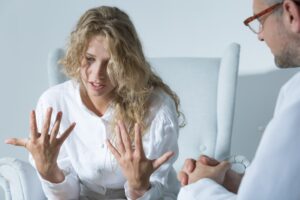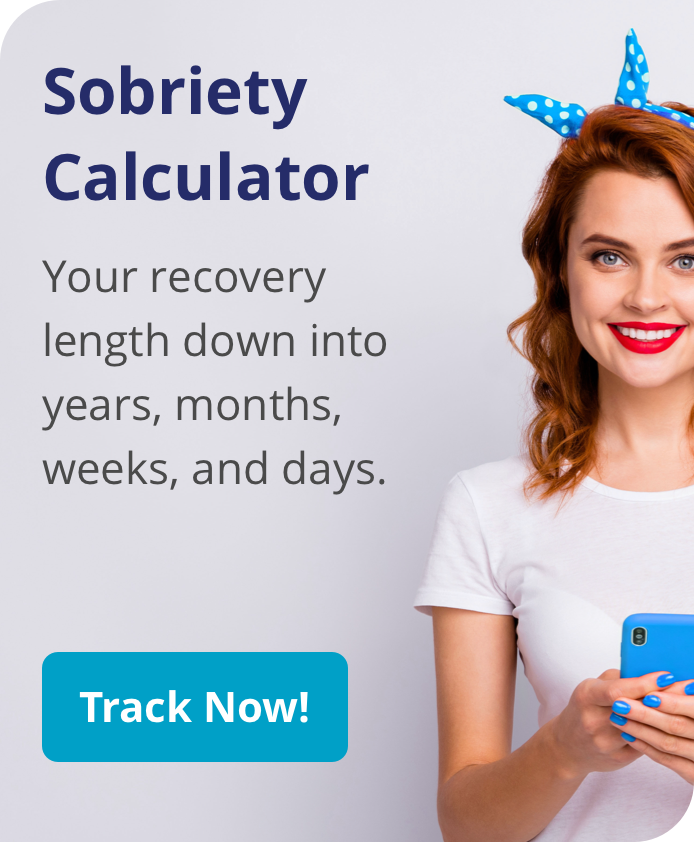
Bipolar disorder, also called manic depressive disorder, is a debilitating, life-altering mental illness. Each year, symptoms and signs of bipolar disorder affect nearly six million American adults, which represents about 2.6 percent of the U.S. adult population.
However, this number is deceptive because trends show that bipolar disorder is becoming more prevalent. According to statistics compiled by the National Institute of Mental Health (NIMH), the lifetime incidence of bipolar disorder for Americans between the ages of 18 and 29 is 5.9 percent, and that is easily the highest rate of incidence for any age-related demographic group.
Definition of Bipolar Disorder
People with bipolar disorder face significant emotional and psychological disruptions and discontinuities. Bipolar disorder causes extreme mood swings between depression and mania, the latter defined as heightened energy, creativity, and euphoria.
Mental health professionals have identified five types of bipolar disorder:
- Bipolar Disorder I is the most severe form of the disorder and features alternating periods of intense depression and mania. Hospitalization for emergency treatment for severe episodes is not uncommon among people with bipolar disorder I.
- Bipolar Disorder II is associated with strong symptoms of major depression, but the mania manifests in a milder form called hypomania. The symptoms of hypomania are similar to conventional manic symptoms, but they are far less disruptive and disabling.
- Bipolar Disorder, Not Otherwise Specified. Depressive episodes and manic episodes are experienced in varying patterns and intensity levels. Those who have non-specified bipolar disorder sometimes experience mixed episodes, where symptoms of depression and mania appear simultaneously.
- Rapid Cycling Bipolar Disorder. This bipolar type is associated with manic or depressive episodes that come and go more quickly than usual. A person who experiences two complete cycles of manic depression in one 12-month period would meet the criteria for rapid cycling bipolar disorder.
- Cyclothymic Disorder. Unlike other forms of bipolar, cyclothymic disorder produces bipolar episodes of mild depression and hypomania in the classical alternating cycle.
People with bipolar disorder may experience periods of normalcy when their emotional equilibrium returns for days, weeks or even months. To treat bipolar disorder, treatment must be ongoing; otherwise, these respites will only be temporary, and eventually, the signs and symptoms of bipolar disorder (either depression or mania) will return in full force.
Need More Information?
Call now to be connected with one of our friendly, helpful admissions specialists.Bipolar Depression Symptoms
Most people who have bipolar disorder will experience a depressive episode more often than a manic episode. When depression does develop, it tends to last longer than mania (by a margin of 6-12 months versus 3-6 months in bipolar I, where the symptoms of each are experienced more acutely). For the most part, bipolar depression is indistinguishable from clinical depression, except for its temporary and cyclical nature.
The distinguishing symptoms of bipolar depression include:
- Low energy, lethargy, fatigue
- A chronic and omnipresent lack of motivation
- Feelings of emptiness, a lack of purpose or sense of meaning
- Loss of interest in favorite hobbies or pastimes
- Social isolation, withdrawal from family and friends
- Muted emotional responses
- Pessimistic, defeatist attitudes
- Changes in appetite and/or poor nutritional habits
- Insomnia or changes in sleeping patterns
- Poor focus and concentration
- Difficulties in learning or remembering
- Suicidal threats or actions
Bipolar depression is usually more disabling than bipolar mania, and most people who seek bipolar disorder treatment do so while in the grips of a major depressive episode. This can make it difficult to diagnose bipolar disorder correctly and lead to a misdiagnosis of major depression in people who either don’t report their past manic episodes or have not yet experienced a manic episode.

Bipolar Mania Symptoms
Bipolar mania and hypomania generally don’t last as long as bipolar depression, and their symptoms are not as painful and unpleasant. But a manic episode can be exhausting and unrelenting, wearing sufferers out and leaving them desperate to escape.
The most common symptoms of bipolar mania include:
- Feelings of runaway euphoria and excitement
- Agitation, inability to sit or slow down
- Irritability, sometimes accompanied by explosive fits of anger
- Jitteriness, nervousness
- Rapid thoughts and speech
- Disconnected speech, often jumping quickly between topics
- Loss of ability to focus or concentrate
- Insomnia or reduced need for sleep
- Paranoia, suspiciousness
- Aggressiveness, hostility
- Supreme self-confidence, boastfulness
- Poor impulse control
- Risky, dangerous behavior
- Psychosis (delusions, hallucinations)
Borderline personality disorder and bipolar disorder are often confused because they both have symptoms of impulsiveness and mood swings. It is essential to differentiate the two.
Bipolar psychosis is an especially worrying mental health condition and one of the primary reasons why people experiencing manic symptoms end up being hospitalized. Hypomania is not as uncomfortable and disruptive as mania, but at times, its symptoms may escalate beyond expectations.

Signs and Symptoms of Bipolar Disorder in Youth
Bipolar disorder is primarily an adult condition (the median age of onset is 25), but adolescents and children do experience bipolar symptoms as well.
Studies show that about one percent of teens between the ages of 14 and 18 have bipolar disorder each year. Often, they experience bipolar disorder misdiagnosed. Those who do are misdiagnosed with depression; estimates are that up to one-third of young people diagnosed with depression are suffering from the early symptoms of bipolar depression.
In children, bipolar disorder is not overly common, and when it does manifest, it is often misdiagnosed as ADHD. This can be a problem since drugs given to kids for ADHD symptoms can trigger troubling outbreaks of intense manic symptoms.
While children are not frequently diagnosed with bipolar disorder, kids whose parents suffer from it should be closely monitored since bipolar disorder does run in families.
Getting Treatment for Bipolar Disorder
Once an accurate diagnosis has been made, treating bipolar disorder is less challenging, and the chances of recovery for patients committed to healing are excellent. Unfortunately, many people turn to drugs and alcohol to self-medicate when their mental health disorders go undiagnosed, which explains why approximately 50-60 percent of men and women experiencing the symptoms of bipolar disorder will also struggle with substance use disorders.
Transformations Treatment Center specializes in traditional 12-step and Christian dual-diagnosis treatment programs. Our counselors and therapists will work with you to create a comprehensive, individualized, evidence-based ongoing treatment plan to put you on a path to sustainable and lasting recovery.
- National Institute of Mental Health. Rate of Bipolar Symptoms among Teens Approaches that of Adults. https://www.nimh.nih.gov/news/science-news/2012/rate-of-bipolar-symptoms-among-teens-approaches-that-of-adults.shtml
- National Institute of Mental Health. Bipolar Disorder among Adults. https://www.nimh.nih.gov/health/statistics/prevalence/bipolar-disorder-among-adults.shtml
- Royal College of Psychiatrists. Bipolar Disorder. http://www.rcpsych.ac.uk/healthadvice/problemsdisorders/bipolardisorder.aspx
- Depression and Bipolar Support Alliance. Bipolar Disorder Statistics. http://www.dbsalliance.org/site/PageServer?pagename=education_statistics_bipolar_disorder
- Mental Health America. Bipolar Disorder in Children. http://www.mentalhealthamerica.net/conditions/bipolar-disorder-children
- Michael A. Cerullo and Stephen M. Strakowski. The Prevalence and Significance of Substance Use Disorders in Bipolar I and Bipolar II Disorder. https://www.ncbi.nlm.nih.gov/pmc/articles/PMC2094705/




